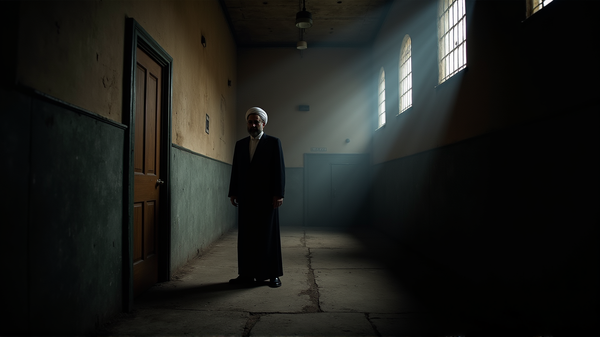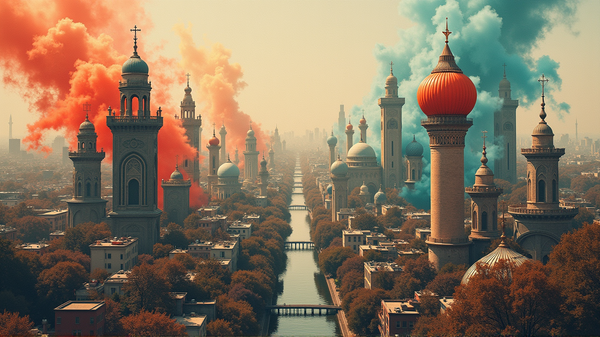Total Blocking of the Internet: How does it Look Like in Iran?
Mobile internet remains unavailable in Iran.
The latest wave of protests in Iran ended in the deaths of hundreds of demonstrators. Due to the shutdown of the Internet in most of the country, information about the killing of 151 protesters was leaked outside Iran only through human rights defenders. There were no other channels.
Iranian authorities have tried to control social networks and instant messengers in the past, but in a more targeted way, banning applications such as Telegram (but to no avail: even some prominent officials run Telegram channels). Also, Gmail, Instagram, WhatsApp, and Facebook were banned in Iran.
But the blocking of all Internet traffic in large part of the country's territory has occurred for the first time in Iran. We tried to figure out how it was organized from a political and technical point of view.
How long did the blocking last?
According to the non-profit service Netblocks, Internet traffic in and out of Iran fell sharply last Friday evening. Thus, the blocking has lasted for the seventh day.
On Thursday, monitoring agencies saw traffic from Iran pick up slightly up to 8% from the initial level. "The authorities said there were no protests in the southern cities, it was calm there, so the internet will be returned to them," says Faren Taghizade, a social media analyst with the BBC's Persian service.
Also, access was partially returned to a number of universities, but we are talking only about computers: mobile Internet remains unavailable in all cities.
Iran's information ministry said Thursday that internet access would gradually return to the country. The ministry did not give any specific information on the timing of the return of access.
Who made the decision?
Formally, the Internet in Iran is supervised by the Ministry of Information. It is from him that messages about blocking and their removal are received.
However, the decision to block access to the network amid recent protests was adopted by the Iranian Security Council, which controls the Ministry of Internal Affairs.
The country has two security councils, explains Persian service editor Mohammed Waziri. The Ministry of the Interior controls the first. The second the Supreme National Security Council of Iran includes:
• The president.
• The head of the judiciary.
• Ministers.
• Commanders of the army and navy.
Iranian protests start with the gasoline price hike
"Interestingly, the first council decided to block, that is, in fact, by the police. When we found out about this, we usually double-checked such a decision would have to reach the Supreme Council of National Security," says Vaziri.
It means that the security forces wanted to act quickly. If this issue were brought to the Supreme Council of National Security's agenda, it would take much longer and, perhaps, there would be opponents to the proposal to block the network, says Vaziri.
How was this implemented technically?
According to the Chinese model, Iran has long been working to create an internal "sovereign Internet," said Amir Rashidi, an analyst on digital rights at the Washington-based non-profit organization Iran's Human Rights Center.
This system has been under development for a long time and has already passed several test runs. Iran tries to create its own Internet.
In Iran, Rashidi says, every ISP is not just licensed by its local counterpart, Roskomnadzor. Companies are physically given access to one of two access points through which traffic goes from Iran to the outside world.
Now the Internet has returned only to some parts of the country.
This is handled by the Iranian Telecommunications Company, owned by the government, Rashidi explains. It is also one of the two points of access to the global Internet, the second is one of the Iranian universities.
What is the damage?
NPO Netblocks, which monitors traffic access to Iran, estimates the economic damage from blocking the Internet at 60 million per day, a spokesman for Alp Toker told the BBC.
How exactly the company calculated the damage, he did not say.
The Iranian newspaper Etemaad writes that the damage to the economy for all the days of the shutdown amounted to 800 million or 9 trillion rials.
The outage affected interbank transactions and business communication. The exchange has become impossible, Ali Kolai, a member of the Tehran Chamber of Commerce, told a local news agency. For several months, he tried to open an account in a European bank, bypassing international sanctions. Still, at the last moment, he could not send the necessary documents to the bank.




